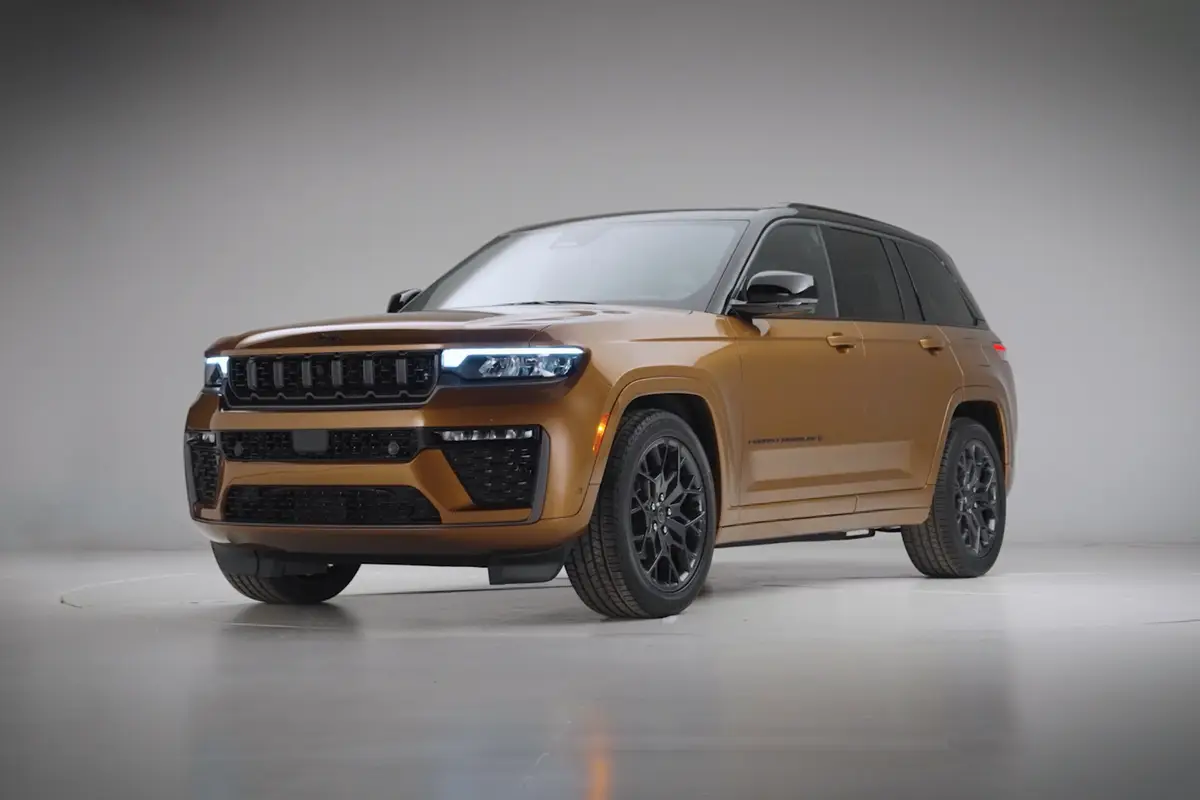How Do Car Seats Fit in a 2021 Land Rover Discovery?

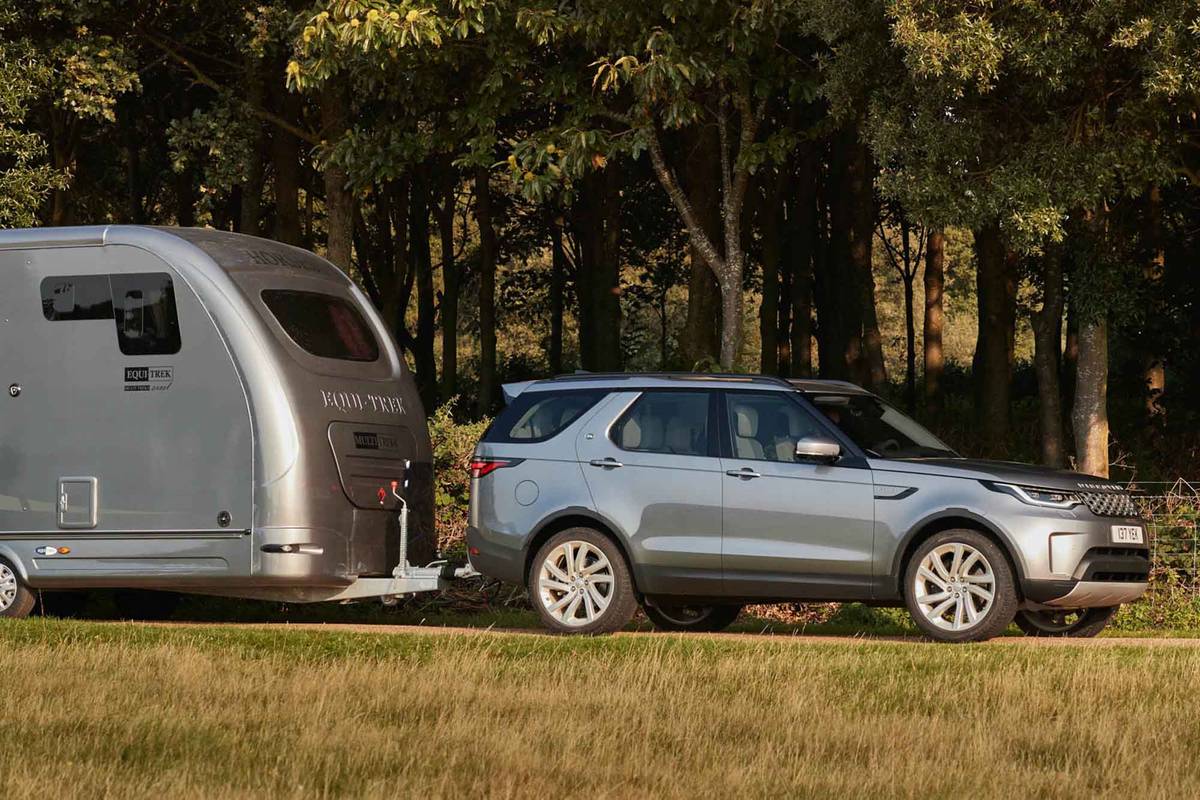
The verdict: Land Rover’s three-row Discovery SUV has a comfy, well-appointed second row that easily accommodates two car seats. Unfortunately, the third row is cramped and difficult to access, so it’s not car-seat-friendly.
Does it fit three car seats? Two car seats fit and three might fit in the second row if you use narrower seats than ours.
Take a look at how the Latch system and each car seat scored below in our Car Seat Check of the 2021 Land Rover Discovery.
Related: Search Car Seat Checks

A Grade
- Latch: In the second row, the two sets of lower anchors sit under a large flap; access and connection to the anchors was easy. Three top tether anchors sit on the seatback. The outboard anchors are clearly marked and sit high on the seatback for great visibility, but the middle one is poorly marked and sits at the bottom of the seatback.
- Infant seat: This rear-facing seat was easy to install, and our 5-foot-6-inch front passenger had ample legroom with the seat fitted behind them.
- Rear-facing convertible: Again, this seat installed without issue and front-passenger legroom was not impacted.
- Forward-facing convertible: In forward mode, the convertible seat installed easily. We routed the anchor strap for the top tether through the fixed head restraint’s holes. The Discovery’s fixed second-row head restraint still allowed the convertible to sit flush against the seatback when in its lowest setting. If you raise the seatback higher to accommodate a taller child, however, the fixed head restraint could get in the way.
- Third-row Latch: Again, the third row’s two lower anchors sit under an accessible flap. The two top tether anchors are also easy to find and use.
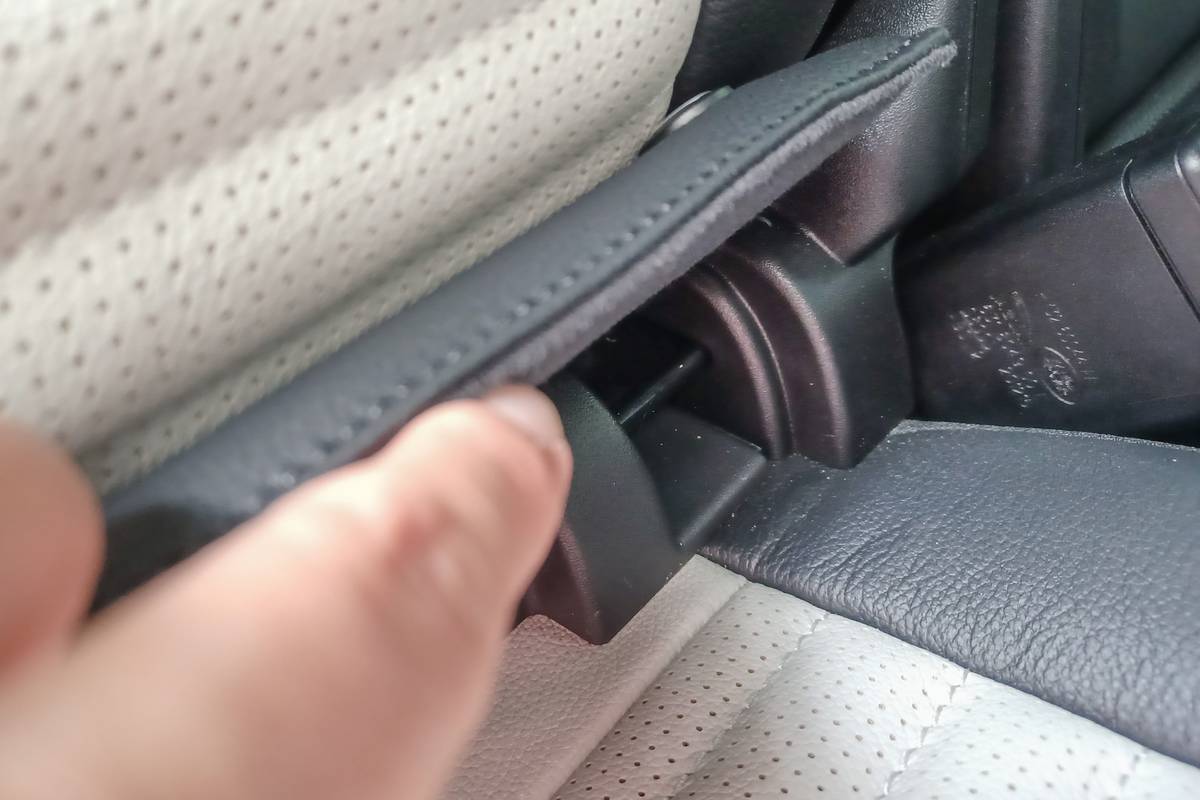
B Grade
- Booster: The second row’s stable buckles should make it easy for kids to buckle up independently. It lost a grade, however, because the fixed head restraint pushed the booster off the seatback a bit; it should be flush with the seat for safety.
- Third-row booster: Again, the third row’s stable buckles are great, but the fixed head restraint prevents the booster from sitting flush against the seatback.
- Third-row forward-facing convertible: We had no trouble connecting to the lower anchors in the third row, but connecting to the top tether anchor necessitated a trip to the owner’s manual because of the Discovery’s fixed third-row head restraint. The manual says to route the strap to the left of the head restraint since it won’t fit underneath. If your head restraint uses a double-strap setup, route one strap around each side of the restraint before connecting to the anchor. The fixed head restraint also pushed the car seat slightly off of the seatback.
C Grade
- Third-row access: Moving the seats to get to the third row is a slow process via the powered buttons on the side of the seats. The opening is small, with a step-in height that’s pretty tall for smaller kids to manage on their own. The second row folds in a 40/20/40 split, but once the middle seat is folded, it’s awkward to climb over to reach the third row.
Grading Scale
A: Plenty of room for the car seat and the child; doesn’t impact driver or front-passenger legroom. Easy to find and connect to Latch and tether anchors. No fit issues involving head restraint or seat contouring. Easy access to the third row.
B: One room, fit or connection issue. Some problems accessing the third row when available.
C: Marginal room plus one fit or connection issue. Difficult to access the third row when available.
D: Insufficient room, plus multiple fit or connection issues.
F: Does not fit or is unsafe.
About Cars.com’s Car Seat Checks
Editors Jennifer Geiger and Jennifer Newman are certified child safety seat installation technicians.
For the Car Seat Check, we use a Chicco KeyFit 30 infant-safety seat, a Graco Contender 65 convertible seat and Graco TurboBooster seat. The front seats are adjusted for a 6-foot driver and a shorter passenger. The three child seats are installed in the second row. The booster seat sits behind the driver’s seat, and the infant and convertible seats are installed behind the front passenger seat.
We also install the forward-facing convertible in the second row’s middle seat with the booster and infant seat in the outboard seats to see if three car seats will fit; a child sitting in the booster seat must be able to reach the seat belt buckle. If there’s a third row, we install the booster seat and a forward-facing convertible. Learn more about how we conduct our Car Seat Checks.
Parents should also remember that they can use the Latch system or a seat belt to install a car seat, and that Latch anchors have a weight limit of 65 pounds, including the weight of the child and the weight of the seat itself.
Cars.com’s Editorial department is your source for automotive news and reviews. In line with Cars.com’s long-standing ethics policy, editors and reviewers don’t accept gifts or free trips from automakers. The Editorial department is independent of Cars.com’s advertising, sales and sponsored content departments.

News Editor Jennifer Geiger joined the automotive industry in 2003, much to the delight of her Corvette-obsessed dad. Jennifer is an expert reviewer, certified car-seat technician and mom of three. She wears a lot of hats — many of them while driving a minivan.
Featured stories
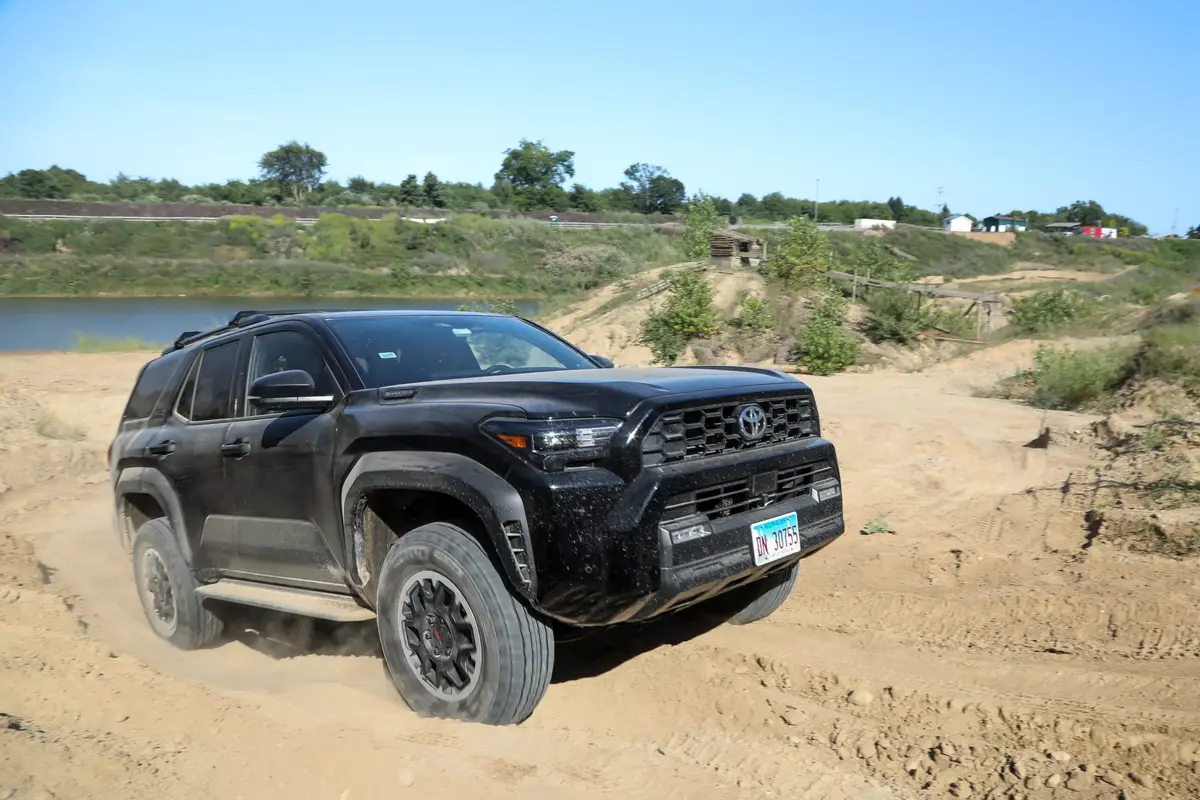
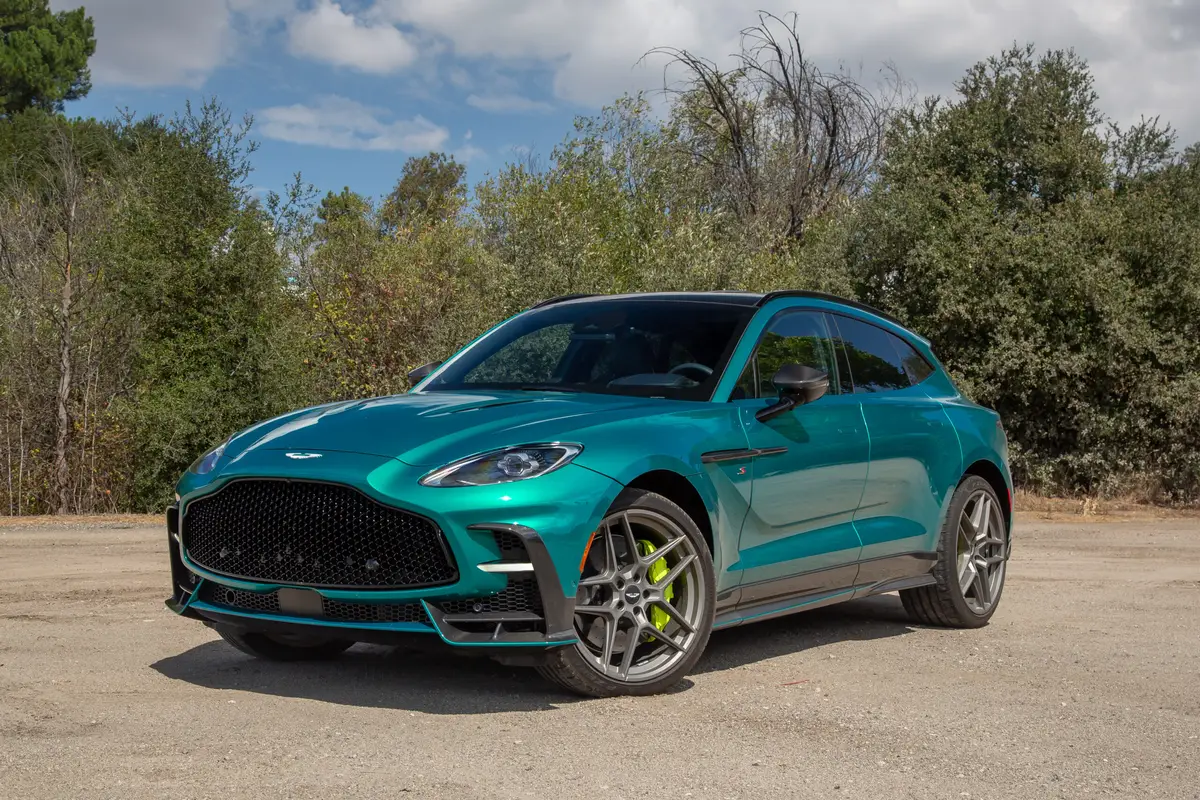
2026 Aston Martin DBX S Review: Excellence in (DB)X S

